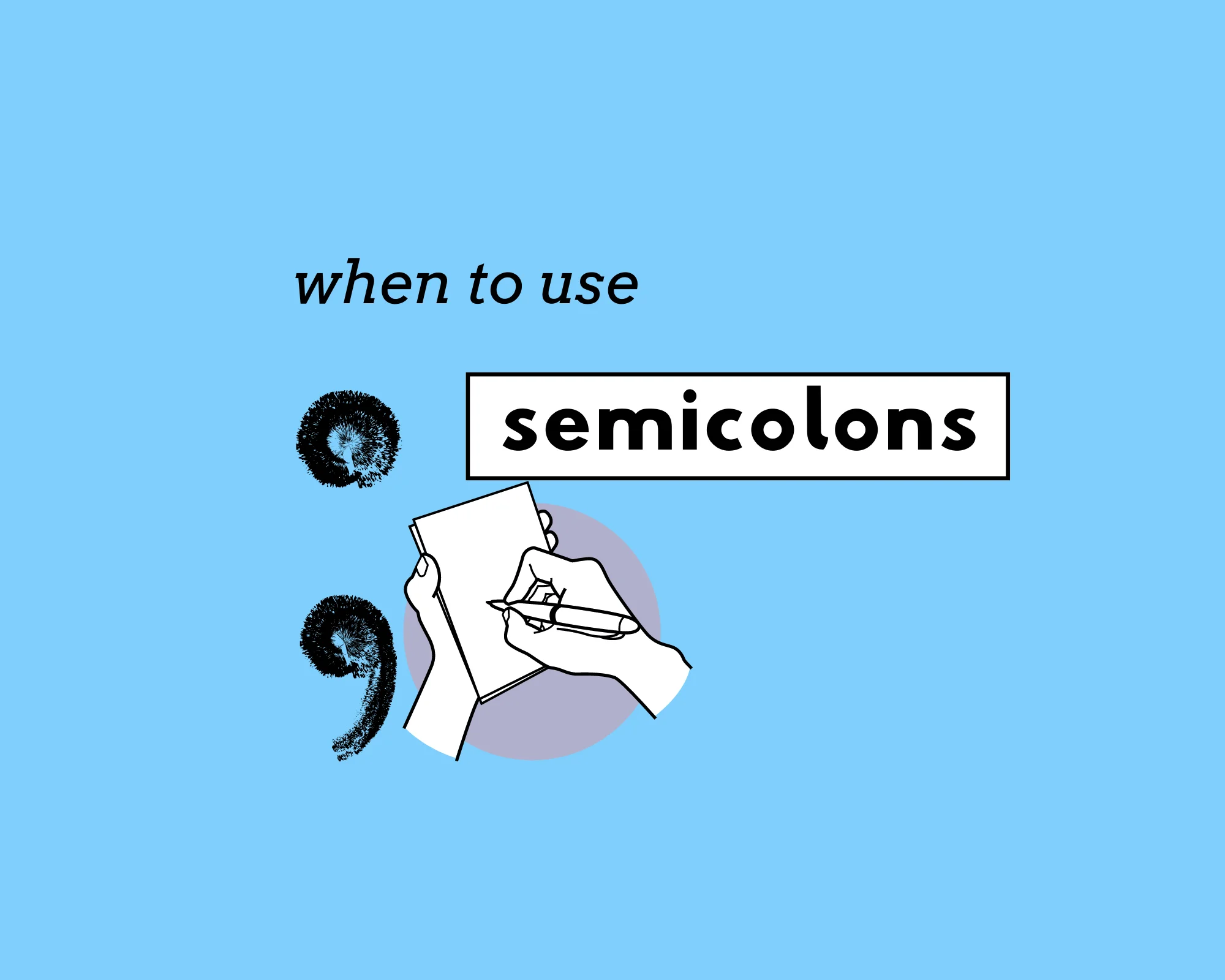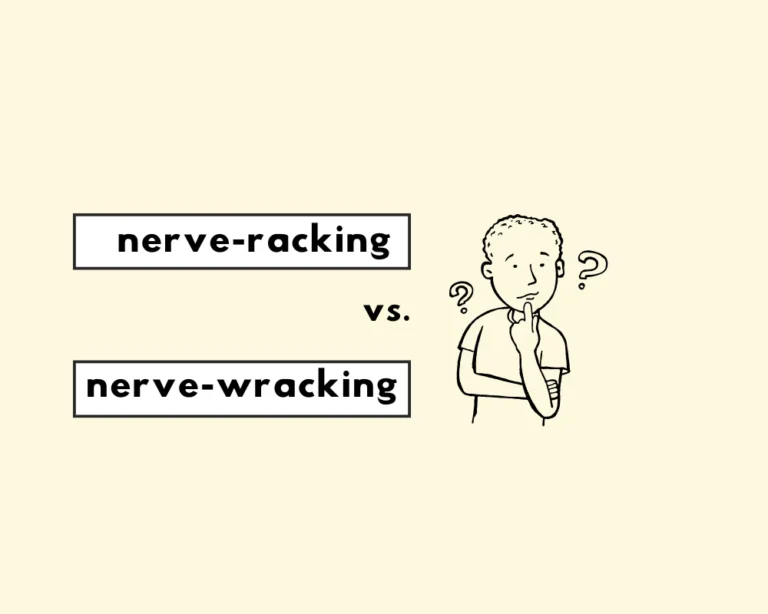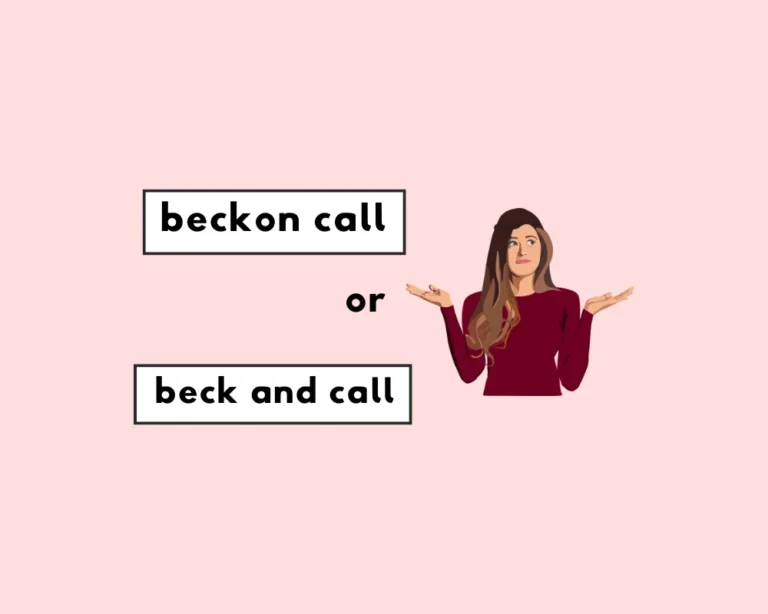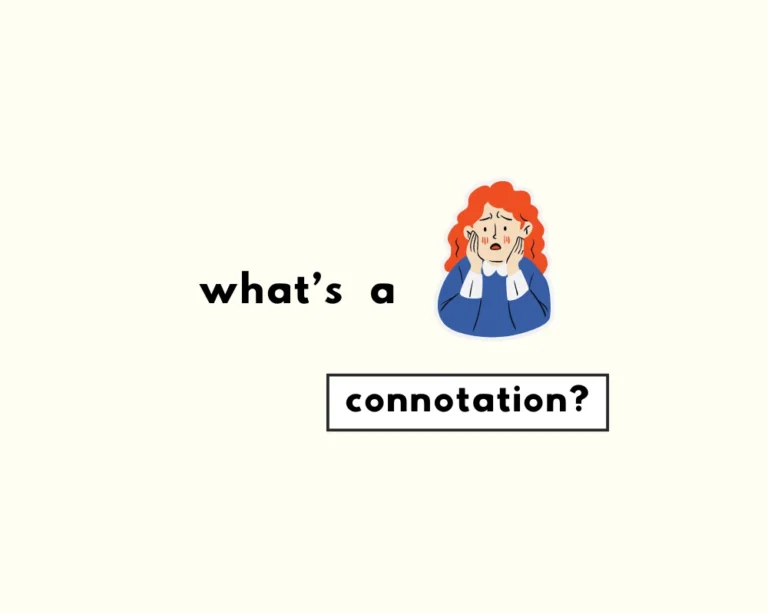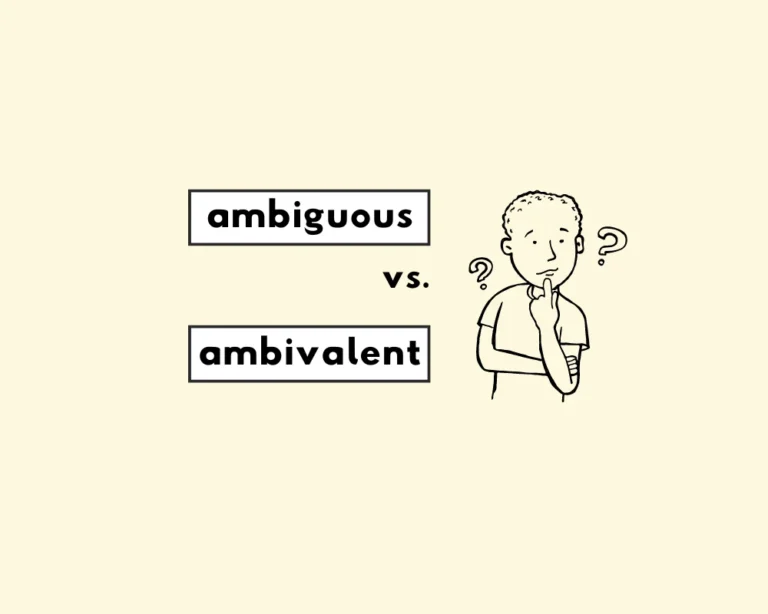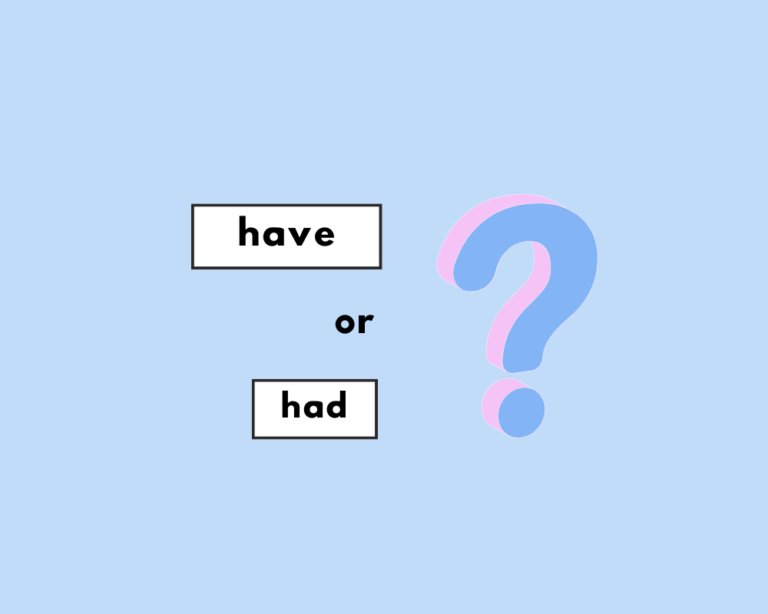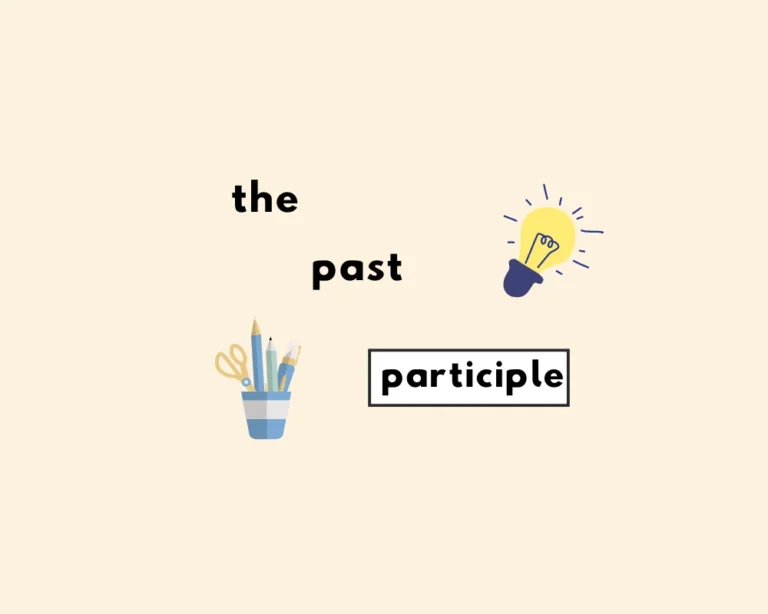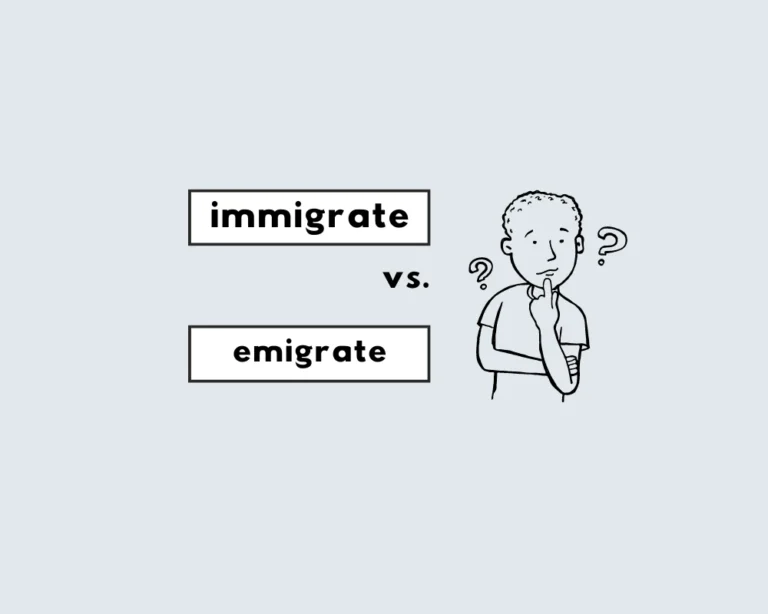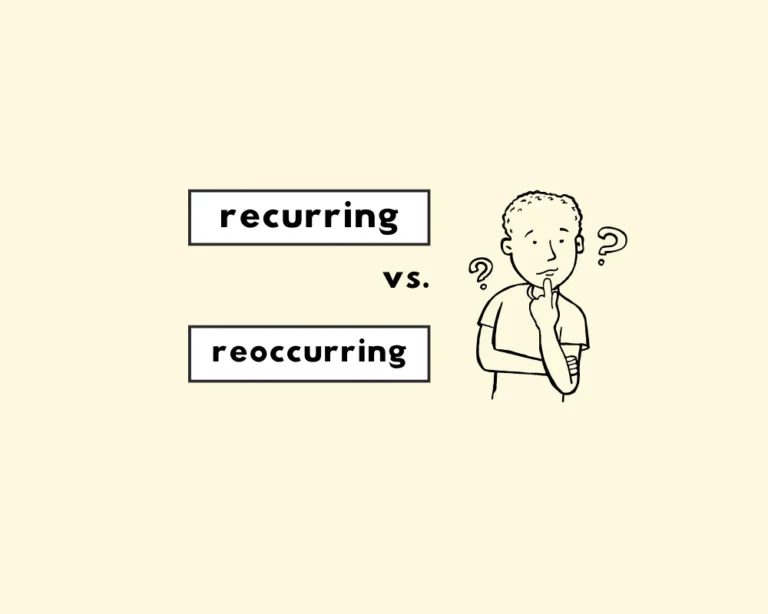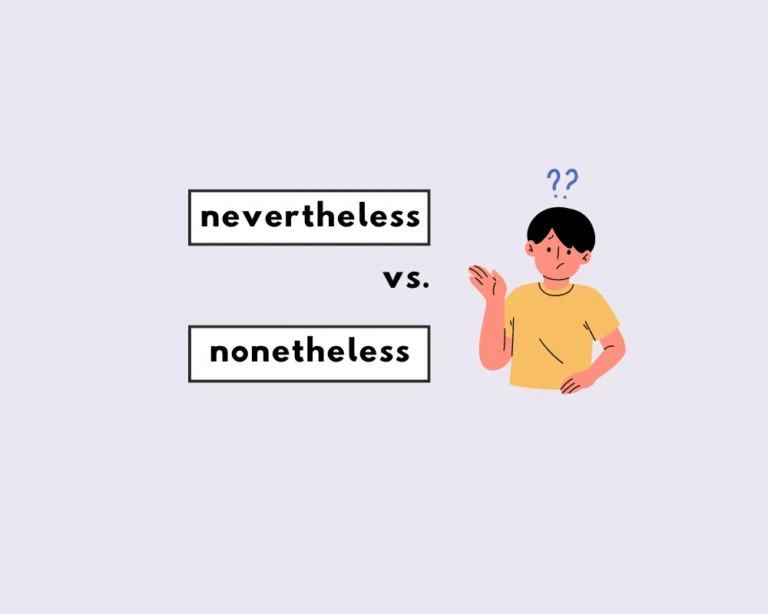Contents
Toggle
What’s a semicolon?
Semicolons look like a comma with a period stacked on top ; and are stronger than a comma in sentences. Like the comma, semicolons indicate a pause, or to be more precise: they serve as a marker that indicates to the reader to take a small pause. One that’s not as harsh as a full stop, but stronger than a comma, and less deeply connected than clauses connected by a colon (to be clear, not the digestive tract.) Semicolons are a purposeful punctuation; when used correctly, they conjoin independent albeit related clauses in an elegant and effective way.
The two main functions of a semicolon is to conjoin two independent clauses without a coordinating conjunction or a comma, and to clearly separate items in a list that contains commas.
How to use a semicolon
Semicolons conjoin two closely related sentences or complete thoughts; they also signal the connection between these independent clauses. By the way, that sentence demonstrates the correct use of the semicolon. Let’s have a gander at other examples that show the appropriate use of a semicolon:
Semicolons separate items in a list or series that includes commas:
- Present at the film’s premiere were Jane Anthony, the director; Sam Divine, the executive producer; and Allan Hamm, the lead actor.
- I have been to San Francisco, California; Reno, Nevada; and Seattle, Washington.
- Members of the Western Jazz Quartet are Tom Knific, bassist; Trent Kynaston, saxophonist; Steve Zegree, pianist; and Tim Froncek, drummer.
Semicolons connect two independent clauses that are not joined by a comma and a coordinating conjunction:
- I grew agitated; my wallet and cellphone were nowhere in sight.
- You asked for forgiveness; he granted it to you.
- Good grades are integral to student success; a strong support network is also important.
Semicolon in sentences
Examples of semicolons used in sentences correctly:
1. We have paid our dues; we expect all the privileges listed in the contract.
2. The order was requested six weeks ago; therefore, I expected the shipment to arrive by now.
3. We can go to the museum to do some research; Mondays are pretty quiet there.
4. Martha has gone to the library; her sister has gone to play soccer.
5. Bring any two items; however, sleeping bags and tents are in short supply.
What’s the difference between a semicolon and a colon?
Compare these sentences:
1. He got what he worked for: he really earned that promotion.
2. We can go to the museum to do some research; Mondays are pretty quiet there.
Now consider the role or task that both forms of punctuation have in either sentence. In the first, the clause that follows the colon tells us more information about the preceding clause. We know that ‘he got what he worked for,’ but what was it that he worked for? A promotion.
The colon should then be used when clauses that follow it expand or add emphasis to what comes before it. Think of it this way: semicolons are half of a colon, which is why they are called semicolons. They signal a relationship, but one that’s more distant and independent than the colon.
Examples:
1. I need a few items at the store: clothespins, a bottle opener, and napkins.
2. I need an assistant who can do the following: input data, write reports, and complete tax forms.
3. He got what he worked for: he really earned that promotion.
When not to use a semicolon
As a general rule of thumb, use the semicolon sparingly. Where a comma or colon can replace a semicolon, do not use a semicolon. Semicolons should be used when needed; in fact, this goes for each of the punctuation marks in English.
Semicolons should only be used to connect two closely related independent clauses or sentences without a comma and a coordinating conjunction, and to clearly distinguish between items in a list or series (with commas.)
Origin of the word semicolon
The word semicolon comes from the Latin ‘semi’, and the Greek word for ‘colon’, also, semi-colon.
In review
Grammar (RULES!) Take a gander at today’s GFlex lesson, in review:
1. Semicolons behave like a strong comma in sentences.
2. Semicolons are used to clearly separate or list items in a series that contains commas.
3. Semicolons connect two closely related independent clauses or thoughts.
Other commonly confused plural nouns
That way we know you’re part of the #GFlexFam. Keep FLEX-ing those grammar muscles! That way we know you’re part of the #GFlexFam. Check out other lessons:
What’s the plural of goose?
Sources
- Semicolon quiz.
- Western Michigan University: the semicolon.
- Grammarbook: semicolons.
- Origin of the semicolon.

